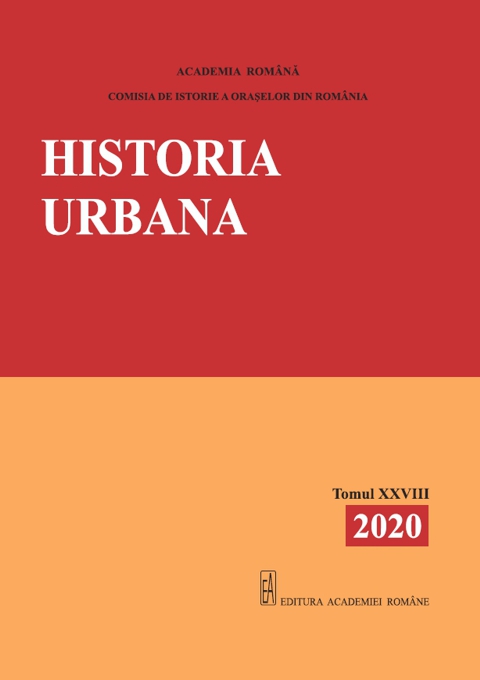Masa curții episcopale de la Alba Iulia la începutul secolului al XVI-lea
Alimentation of the Bishop’s Household in Alba Iulia at the Beginning of the 16th Century
Author(s): Mihai KovácsSubject(s): 16th Century
Published by: Editura Academiei Române
Keywords: Transylvania; bishop; household; supply chain; authority; Renaissance; episcopal town; Alba Iulia;
Summary/Abstract: The paper is an attempt to reconstruct the importance of alimentation for the economic and cultural development of an episcopal town in Medieval Transylvania, by the example of Alba Iulia (Gyulafehérvár, Weissenburg) in the first decades of the 16th century. The inquiry is based mainly on sources from the family archive of bishop Ferenc Várdai (1513–1524): accountable registers, missives, testament etc. The text is divided into three parts, the first traces the provenience of consumed food, while the second and third one show the personnel and inventory related to the nourishment of the bishop and his household. The bishop played an ambivalent part in the economic development of his residence town. On one hand, he stimulated its development by granting privileges, creating workplaces and attracting a large number of potential buyers, on the other hand, he inhibited economic growth by spending relatively small sums on food purchases in the town, retaining the monopoly of wine trade and imposing taxes. Sumptuous meals aimed to express the power and wealth of the bishop and thus to attract more and more people, familiars, into his household. The episcopal household from Alba Iulia had certainly a significant part in disseminating the Renaissance lifestyle throughout Transylvania.
Journal: Historia Urbana
- Issue Year: XXVIII/2020
- Issue No: 28
- Page Range: 27-46
- Page Count: 20
- Language: Romanian
- Content File-PDF

